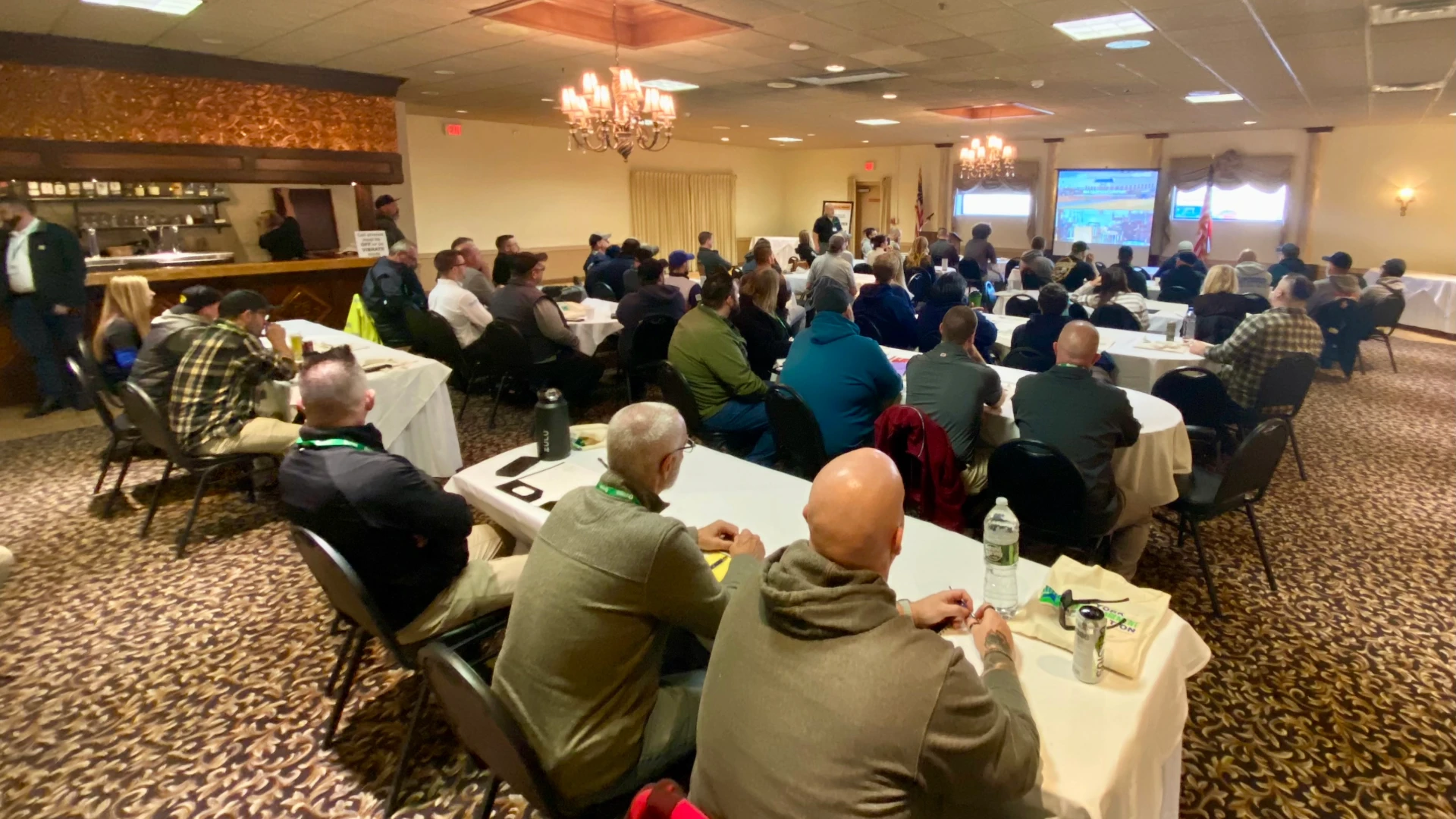AMERICAN BATS FLYING TO A POST OFFICE NEAR YOU
A set of stamps featuring photographs of four different bats found in the United States went on sale from the U.S. Postal Service last month.
The 37-cent stamps feature mammals feared by many but that perform a useful service by eating millions of pounds of insects, including mosquitoes and many farm pests. They also pollinate desert plants and disperse seeds. Featured on the stamps are:
• The red bat, which is found throughout much of North America. The red bat is solitary, roosting alone in dense foliage. When it hangs upside down by one foot, its predators may be fooled by its resemblance to a dead leaf.
• The pallid bat is found in western North America, where its pale, sandy color allows it to blend with desert surroundings.
• The spotted bat, which lives in the western United States, Canada (British Columbia) and Mexico where the staple of its diet is believed to be moths. Its ears, the largest of any bat on the continent, measure nearly two inches.
• The leaf-nosed bat, which is a resident primarily of caves or abandoned mines in Southern California, Nevada, Arizona and northern Mexico. Its large ears allow it to hear the extremely faint sounds of insects such as grasshoppers and caterpillars walking amid dense foliage, and its large eyes provide excellent night vision.
PCT AUTHOR APPEARS IN READER’S DIGEST
One of PCT’s own contributing authors, Dr. Jerome Goddard, has been busy lately. In addition to writing for PCT and speaking at numerous industry events, he was recently quoted in a piece in Reader’s Digest: How to Have a Bug-less Summer.
The article, which appeared in the July 2002 edition of the magazine, told readers about ticks, fire ants, stinging insects and mosquitoes and when to call the doctor about each pest. “(Yellow jackets) could sting you a hundred times,” Goddard said in the article. “Those things will fly up your pants and then you’ll be getting naked real fast!”
To find out some other ways to repel “nasty pests,” visit the Reader’s Digest Web site at www.rd.com/bugs.
THE EMPLOYMENT SITUATION: AUGUST 2002
Both payroll employment and the unemployment rate were little changed in August, the Bureau of Labor Statistics of the U.S. Department of Labor reported last month. Job gains in services, government, and construction were largely offset by losses in manufacturing and retail trade.
Both the unemployment rate, 5.7 percent, and the number of unemployed persons, 8.1 million, were little changed over the month. The jobless rates for the major worker groups — adult men (5.2 percent), adult women (4.9 percent), teenagers (17.2 percent), whites (5.1 percent), blacks (9.6 percent), and Hispanics (7.5 percent) — showed little or no change.
The number of people unemployed 15 weeks or more was 2.8 million in August, down from the recent high of 3.1 million in June.

Explore the October 2002 Issue
Check out more from this issue and find your next story to read.
Latest from Pest Control Technology
- Podcast: Voice for Pest's AI-Powered Solutions
- PCOs Share Advice for Those Entering the Wildlife Control Market
- Listening for the Right 'Buzz' Keeps Mosquitoes from Mating with Wrong Species, Research Finds
- Xcluder Adds X-Plate to Line of Products
- Northwest Exterminating Acquires Gilstrap Exterminating
- Tracking Rats in Crawlspaces
- Process of Elimination During Fly Inspections
- Cascade Pest Owner Treftz Encourages Continued Education Through ESA’s A.C.E. Program





